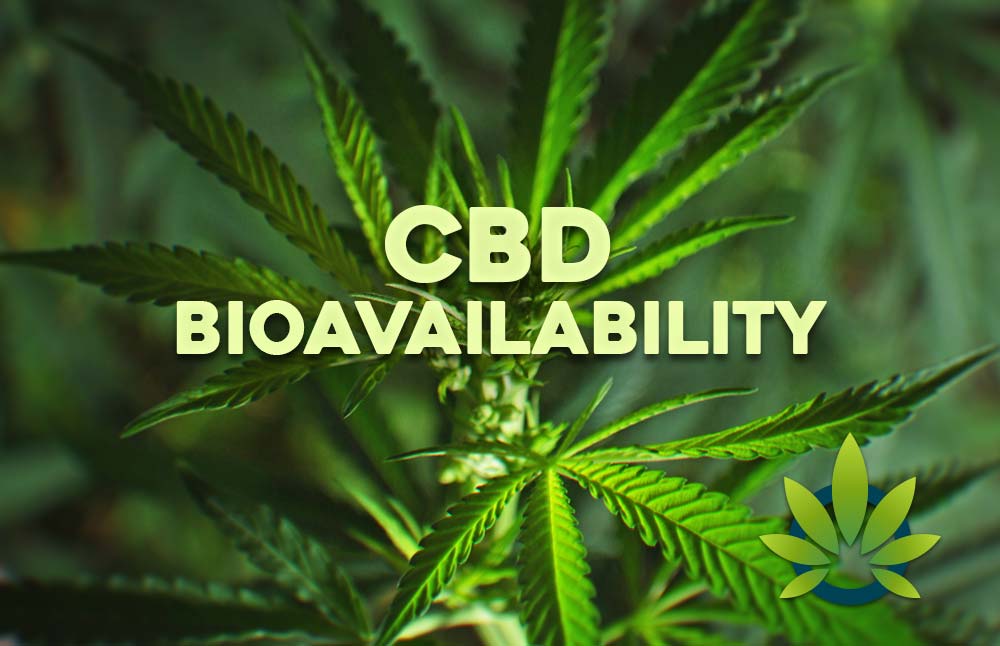Benefits
CBD Bioavailability: How Cannabidiol Effectiveness Works and Its Impact on Benefits

With the rise of popularity of CBD, many users want to know how to get the most benefit out of it possible. Though the best explanation is rather extensive, the biggest concern will be over “bioavailability” of the extract.
In a recent Medium post, Aaron Cadena discussed the multiple forms that CBD can be found in, like oils, e-liquids, capsules, lotions, and more. Each has a different concentration, and each is used in a unique way. When it comes to finding the right product and the right use, the bioavailability comes up yet again.
Essentially, the bioavailability of CBD simply means “the degree and rate at which a substance that is absorbed into the bloodstream.” Though the amount of CBD and the strength of it impacts the experience, bioavailability determines how much your body accepts of that concentration for the effect. Considering that there are multiple ways to take CBD, the next question becomes – what is the best way to take CBD for bioavailability?
Realistically, the best way to get the most bioavailability is to deliver the CBD directly to the bloodstream, which would involve an intravenous injection. However, most prefer not to stick a needle in their veins to get the pain relief and relaxation that CBD affords, which is why there are many other options.
Those options include:
- Oral consumption
- Sublingual consumption
- Vaporized consumption
Oral consumption just means that the individual consumes the CBD extract or other product via mouth. Some of the common options in these cases include capsules, edibles, and beverages. The CBD has to go through the digestive and metabolism systems, which can substantially reduce the amount of CBD that is accepted. Based on a 2009 study, the highest bioavailability rate to be expected at this time is about 20%.
Sublingual consumption is administered by placing the extract underneath the tongue. There is a vein called the sublingual gland, and it is found directly under the tongue. When CBD is administered here, the potency is absorbed right into the bloodstream. Most commonly found in tinctures, lozenges, and sprays, this type of treatment impacts the body quickly, though the bioavailability of CBD rate (at best) is 35%.
Vaporized consumption involves using a vape pen or other vaporizer device to inhale CBD into the lungs. Upon entering the lungs, CBD can easily enter the bloodstream with minimal dilution through the various processes involved. Some reports have indicated a 56% bioavailability rate through this option.
-

 Benefits5 years ago
Benefits5 years agoHemp Oil Health Benefits Vs Side Effects: Proper Use And Optimal Dosage Guide
-

 Marijuana Movement5 years ago
Marijuana Movement5 years agoNew Medical Marijuana Story Showcases Cannabis And Epilepsy’s 176 Year Old Connection
-

 Benefits5 years ago
Benefits5 years agoLiposome Benefits Prove to be a Perfect Pair for CBD (Cannabidiol)
-

 Guides5 years ago
Guides5 years agoTop 24 CBD Oil Supplements [2019]: Best Cannabidiol Products for Healthy Benefits and No Side Effects
-

 CBD (Cannabidiol)5 years ago
CBD (Cannabidiol)5 years agoCBD Oil For Knee Pain: Symptoms, Causes, Diagnosis, Treatment And Prevention Guide
-

 CBD Oil (Cannabidiol)5 years ago
CBD Oil (Cannabidiol)5 years agoKeylor Nutrition American Hemp Gummies: Premium No-CBD Oil Gummy Bears?
-

 CBD (Cannabidiol)5 years ago
CBD (Cannabidiol)5 years agoCBD Oil Legality in Connecticut: Cannabidiol State Law Regulations in CT, USA
-

 Guides5 years ago
Guides5 years agoCachet CBD: Certified Organic Plant-Based Hemp Cannabidiol Drops, Gummies and Topical













